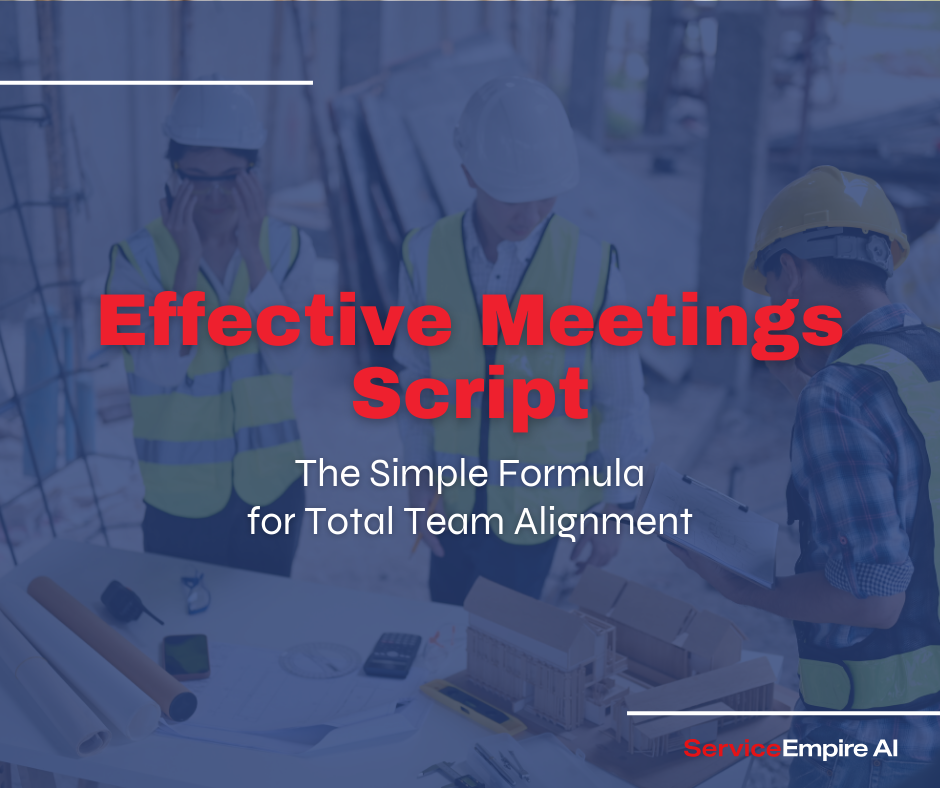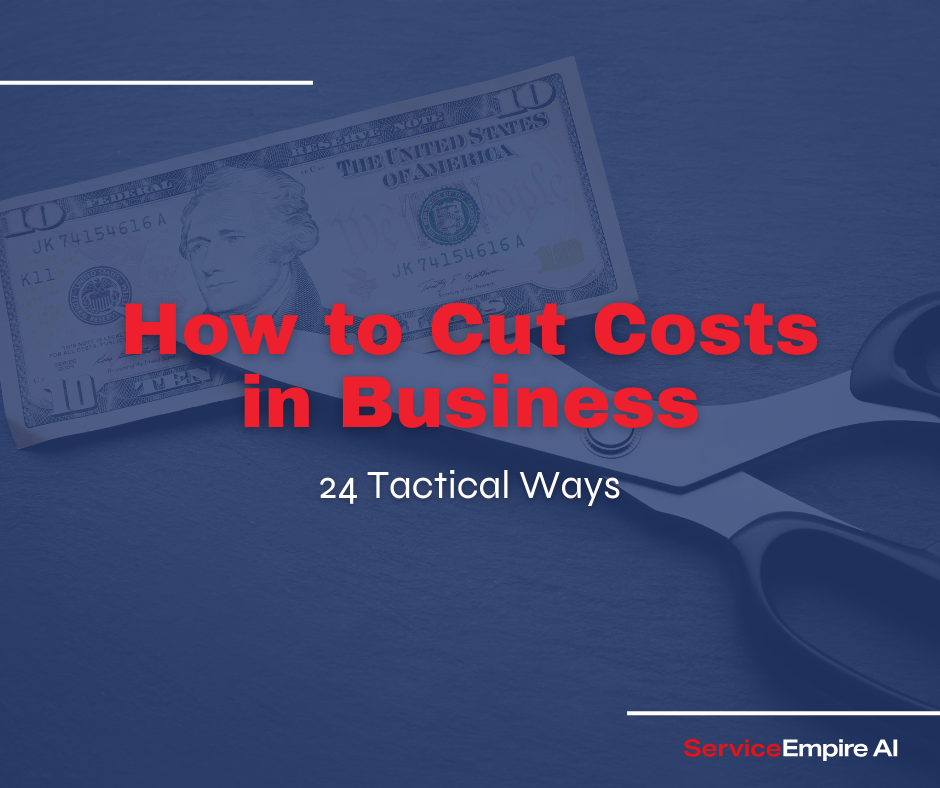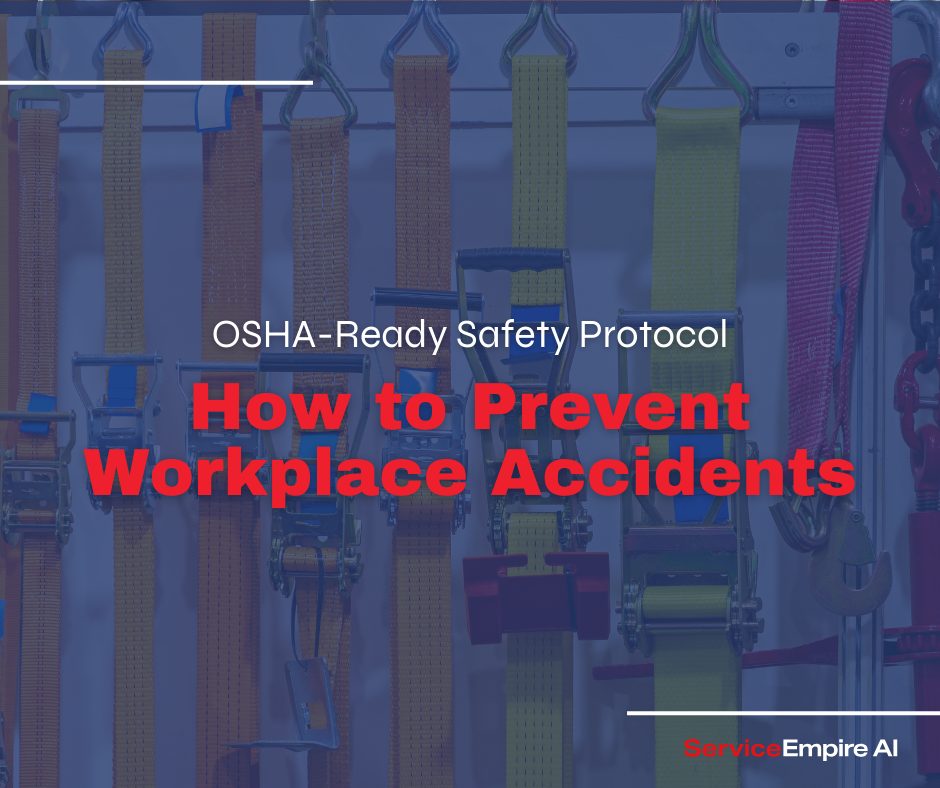
Want to run meetings that actually get things done? Here's how top teams conduct focused, productive, and effective meetings that keep everyone aligned and moving forward. Don't be surprised at how simple this is!
Effective Meeting Structure
Start every meeting with a clear purpose statement. Take 30 seconds to remind everyone why they're there and what needs to be accomplished. This immediate focus eliminates confusion and sets the tone for productivity.
Keep a strict timeframe. Fifteen minutes is enough for most alignment meetings when structured properly. Having a clear end time creates urgency and keeps discussions focused. Use a visible timer to keep everyone aware of the remaining time.
Excellent Communication Flow
Create a specific speaking order that everyone knows. Start with quick updates from each team member - 60 seconds max per person. Train your team to focus on three key points: what's done, what's next, and where they need help.
Watch the energy flow of your meeting. Keep people engaged by maintaining a brisk pace. If discussions start to drag or go off track, use gentle time reminders to bring focus back to the core purpose.
Decision Framework
Make decisions quickly. When issues arise, give them two minutes max for discussion. If they need more time, schedule a separate meeting with only the relevant people. Keep the full team meetings focused on alignment and quick decisions.
Document decisions as they're made. Assign clear ownership for each action item. Everyone should leave knowing exactly what they're responsible for and when it's due. More on this in a minute.
Follow-up System
End every meeting with a 60-second recap of key decisions and action items. Have someone read back the main points and assignments. Ensure everyone heard the same thing.
Bonus: if you use AI to help you send a quick summary email within 10 minutes of meeting end.
Include all action items, owners, and deadlines. This immediate follow-up prevents confusion and keeps everyone accountable.
Task Assignments
Make task assignments specific and time-bound. Instead of "John will look into it," say "John will report back on equipment options by Tuesday at 2 PM." Clear deadlines drive action.
Track completion rates for assigned tasks. This data helps you identify where the execution process needs improvement. Celebrate teams that consistently complete their assignments on time.
Timeline Management
Keep a running agenda that carries forward from meeting to meeting. Start each session with any incomplete items from last time. This creates continuity and ensures nothing falls through the cracks.
Use your meeting time strategically. Spend more time on future planning than past reviews. The goal is moving forward, not dwelling on what's already happened.
Remember that effective meetings are about alignment and action, not just information sharing. When you run them right, they can often be a morale booster for employees. And fifteen minutes is often all you need to keep your team focused and moving forward together.





